Given two of Giant's three high-end carbon road bikes – the Propel and Defy – have seen recent updates, logic dictates the TCR is due a refresh too.
It has been nearly four years since the 2021 Giant TCR launched – the kind of timeframe in which we’d now expect to see an update – but the legendary bike finds itself at something of a crossroads.
Despite being billed as the Taiwanese brand’s “total race bike”, riders from the WorldTour teams it sponsors – Team Jayco-AlUla in the men’s WorldTour and Liv-AlUla-Jayco – seldom opt to use the TCR (or its women’s-specific equivalent, the Liv Langma) anymore.
Instead, most choose the latest Giant Propel or Liv EnviLiv, both of which offer aero road bike speed while tickling the UCI’s minimum bike weight limit.
Where does the TCR find its niche, then? Given the new Giant Defy already has endurance road and all-road duties sewn up, should Giant simply double down on the lightweight theme and make a TCR so light as to be unrideable in the professional peloton?
This strategy worked for Specialized with its classically styled, featherweight S-Works Aethos, after all.
Given Giant’s conservative development of the TCR platform over the years (the current model bears an almost identical design philosophy to the original 1998 TCR), I have a hunch about what we’re likely to see from an updated version – fully integrated cable routing, plus lighter, stiffer and a little more aerodynamic.
In other words, nothing we haven’t seen before.
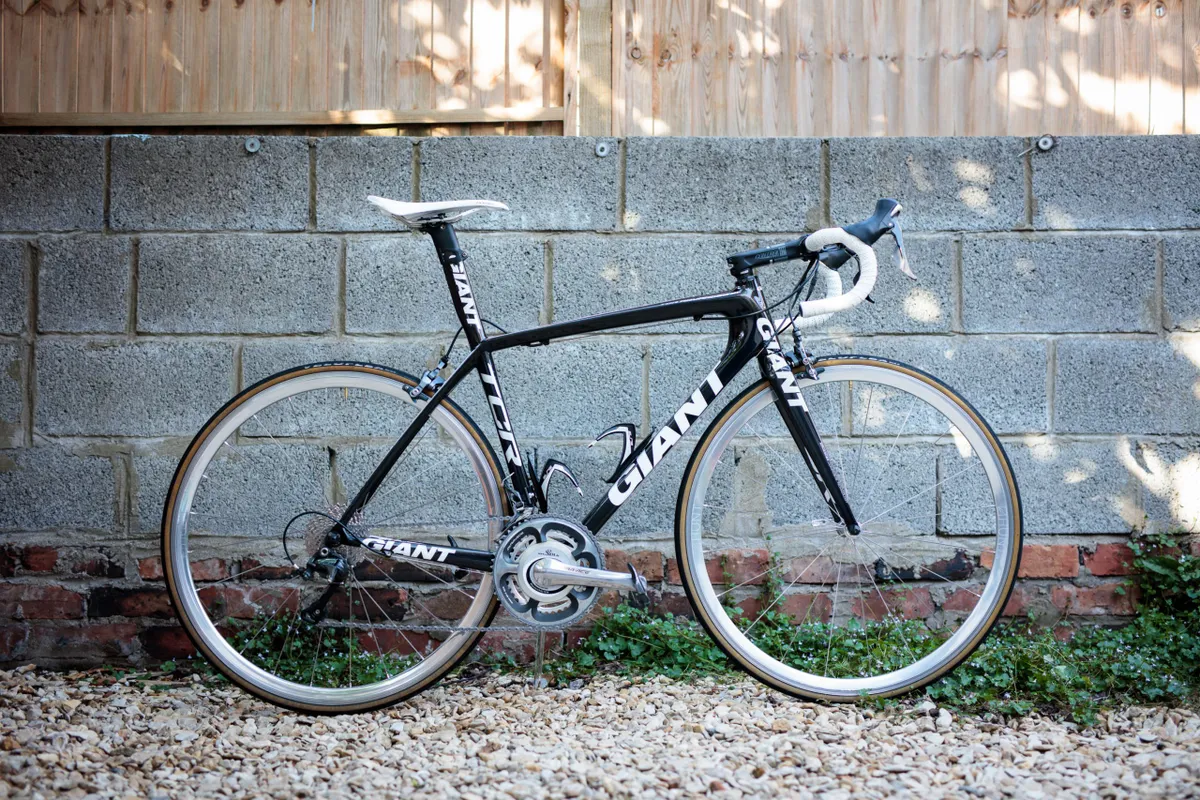
Of course, there’s an argument that if it ain’t broke, don’t fix it, and I can empathise with that. Why mess with a proven formula?
But to paraphrase my esteemed colleague, Jack Evans, a bike with the radical and revolutionary heritage of the TCR should be setting the trends, not simply following them.
A new Giant TCR was one of the bikes we identified as being overdue an update in a recent podcast – you can listen to that below.
With that in mind, and as a current owner of two past versions of the TCR, here are three things I want to see from Giant’s venerable race bike – and three I don’t.
3 things I want
1. Better aerodynamics
I think Giant has two options with the TCR – make it substantially lighter but concede it’s no longer a bike for elite racing (like an Aethos), or make it aerodynamic enough to compete with the Propel.
This may be controversial, but, for me, Giant committed an error by making the latest Propel as light as it is.
The flagship Propel Advanced SL, for example, weighs only 6.91kg in a size ML (excluding pedals) with a stock build, yet is – according to Giant – significantly more aerodynamic than the TCR Advanced SL.
With the same fit and handling geometry as the TCR, the latest Propel is so good it effectively made the current TCR obsolete for racing.
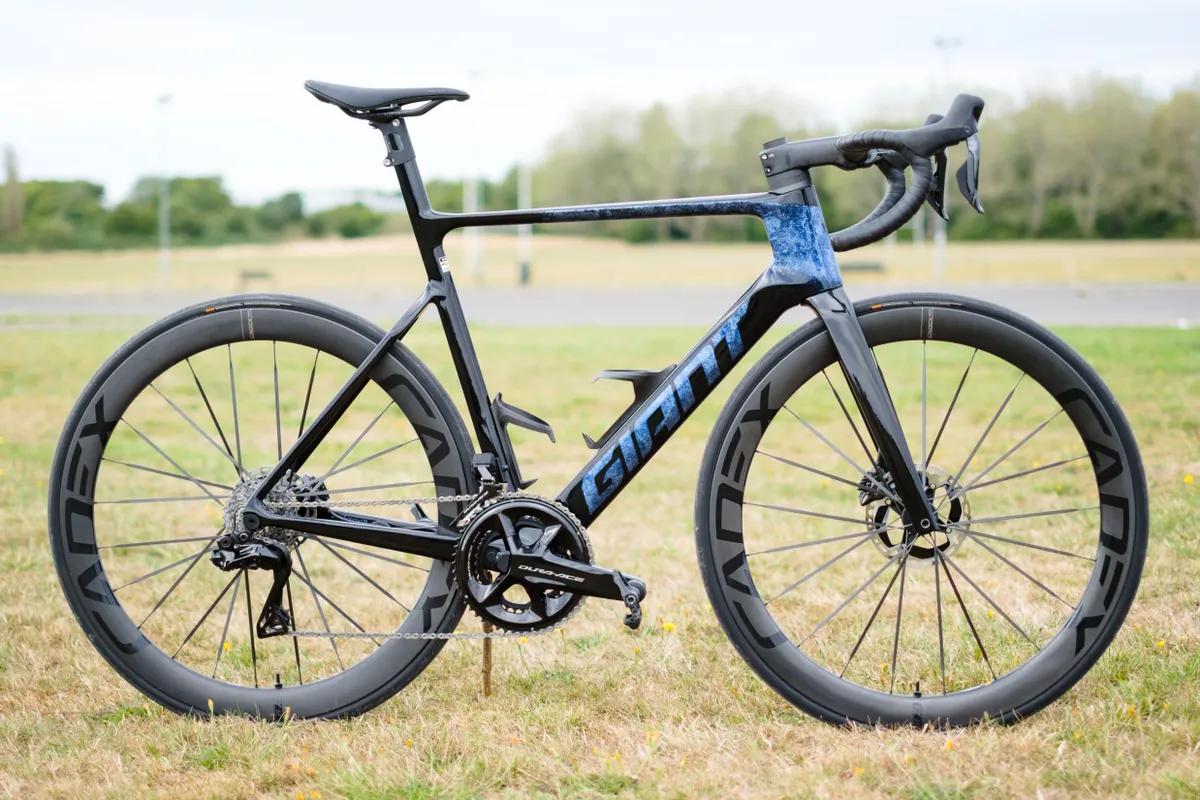
Given the TCR’s heritage in racing, though, I’d like a new version to offer more focus on aerodynamics so it can compete in this space again, even if doing so adds weight.
While it would obviously need to keep the compact frame design the TCR made famous (TCR stands for Total Compact Road, after all), I want Giant to make the bike as aero as possible while just hitting the UCI weight limit with pedals at the Advanced SL level.
Of course, this would represent a significant convergence between the TCR and the Propel (and it therefore seems unlikely this will happen).
However, it would also leave the door open for Giant to abandon concerns about weight and make the next Propel more radically aerodynamic than it is now – perhaps in the mould of the Ribble Ultra SL R or Trek Madone SLR.
2. More progressive rim designs
The current TCR range is specced almost from top to bottom with Giant or Cadex wheelsets that focus on low weight and high stiffness.
The flagship TCR Advanced SL, for example, uses the Cadex 36 Disc WheelSystem, which has 36mm-deep, 26mm-wide (external width) carbon rims, paired with carbon spokes, and has a claimed weight of just 1,302g per set.
Similarly, my own TCR Advanced Pro 2 Disc came specced with Giant's SLR-1 42 Carbon Disc WheelSystem. While these are decently light, at around 1,450g per set, their narrow 24mm external rim width feels old-fashioned.

While both wheelsets help make their respective bikes lighter, the relatively narrow rims likely cost riders more in real-world performance than is gained thanks to their low weight.
This is because such narrow rims typically don’t offer optimal aerodynamic performance with the wider tyres many riders are now using, because the rim can struggle to recapture and manage the airflow from the wider tyre.
Josh Poertner, CEO of Silca and a former technical director at Zipp, once coined the so-called ‘rule of 105’, which stated the external width of a rim should measure at least 105 per cent of the width of a tyre for optimal aerodynamic performance.
A 28mm-wide tyre – which has become the de facto standard for road bike tyres in recent years – therefore requires an external rim width of at least 29.4mm.
Extrapolating from this, the Giant SLR-1 42 rims originally specced on my 2021 TCR Advanced Pro Disc may be aerodynamically optimised for 23mm-wide tyres, which would be very much behind the curve.
This isn’t a hard and fast rule, of course (aerodynamics are more complicated than that), but as the tyres riders use get wider, it’s no surprise many wheel manufacturers are making their aero rims wider too.

For its part, Giant is already on board with this trend to an extent. The Propel Advanced SL’s Cadex 50 Ultra Disc WheelSystem, for example, has rims with a 30mm external width, designed to offer optimal performance with tyres as large as 700 x 28c.
Given this, I’d like to see Giant move away from a narrow focus on weight with the TCR and to spec wheelsets that are better optimised for tyre sizes riders are likely to use.
3. A bit more tyre clearance
With the 2024 Giant Defy getting a bump in tyre clearance from 35 to 38mm, I’d like to see Giant do something similar and add an extra 3mm (or so) of clearance to the TCR.
This would take it from 32 to 35mm and make it much more of an all-rounder racing bike (the Propel’s tyre clearance is capped at ‘just’ 30mm). Combined with the improved aerodynamics I’ve already requested, it could be a perfect race bike for rough roads and cobbled classics.

Pete Sampson’s all-road-inspired Giant TCR Advanced Pro, which pairs the 2021 model with 32c Panaracer GravelKing SK tyres and a Campagnolo Ekar 1x gravel groupset showed what can be done with the existing model.
Adding just a touch more clearance would only widen the scope for interesting builds such as this.
Before anyone rushes to the comments to say “A ‘race’ bike doesn’t need such big clearances”, and that increasing it could compromise the bike’s racy handling (if it means lengthening the chainstays, for example), don’t forget the latest Cervélo S5 has clearance for up to 34mm-wide tyres.
We can have our cake and eat it too.
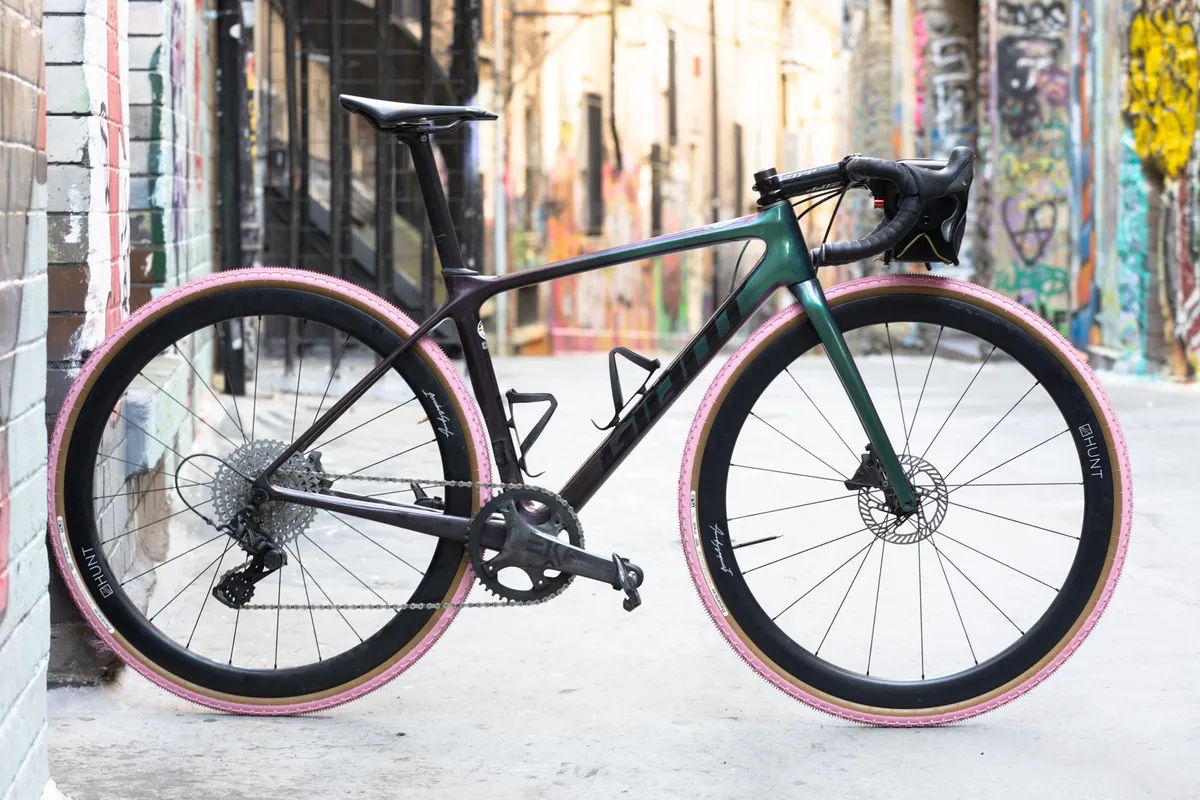
3 things I don’t want
1. Fully integrated cable routing
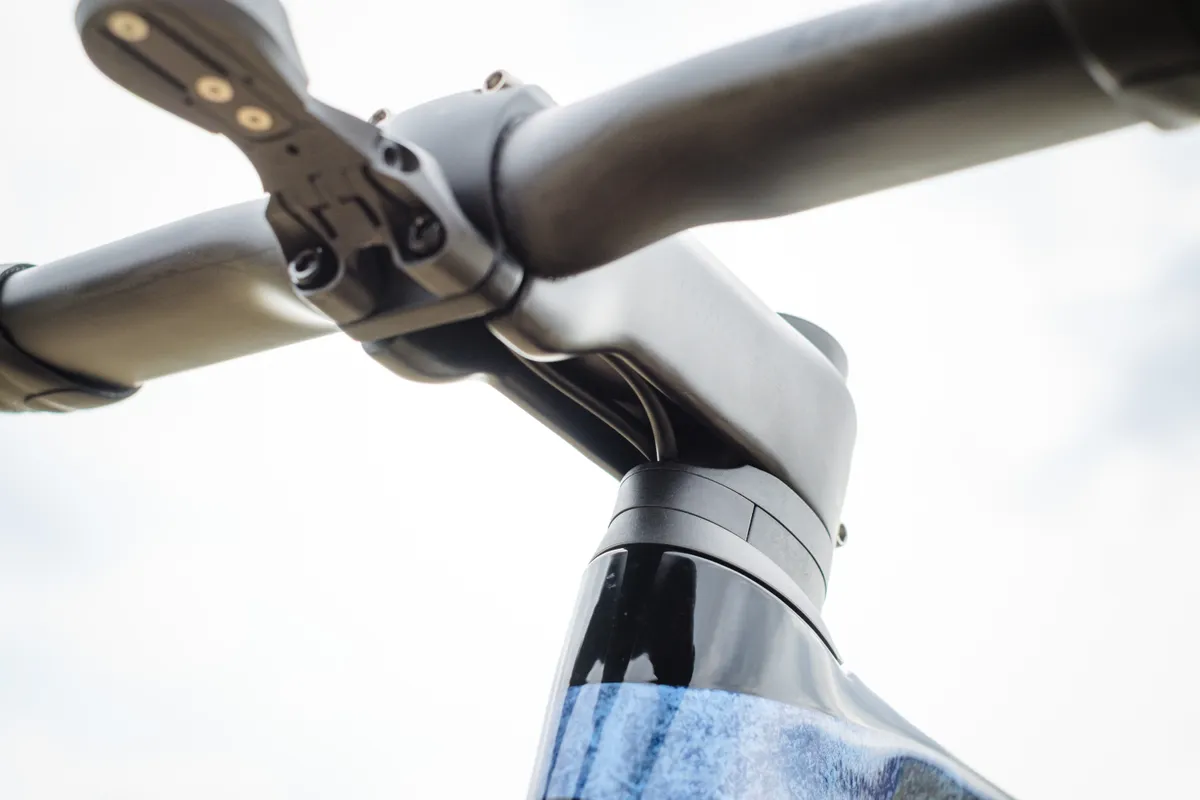
Hold on, didn’t I say I wanted better aerodynamics earlier?
Yes, but I don’t want that improved efficiency to come at the expense of user-friendliness.
As evidenced by Oscar Huckle’s excellent exposé on the truth about integrated cable routing, bikes with fully integrated front ends are generally more difficult and more costly to maintain.
While the current TCR now stands almost alone as a high-end race bike with semi-external cable routing, that's no bad thing in my book (I’m not crazy – everyone else is!).
I love that I can, for the most part, service my own bike at home, without the help (or expense) of a professional mechanic.
With the Propel being Giant’s dedicated aero road bike, the TCR can afford to make some concessions to practicality.
Cervélo’s revamped Soloist proved a big hit for its sensible balance of aerodynamics and practicality, and I’d like to see Giant tread a similar path.
I’d go one step further though, and keep the current semi-external cable routing, which avoids sending cables and brake hoses through the bike’s headset bearings altogether.
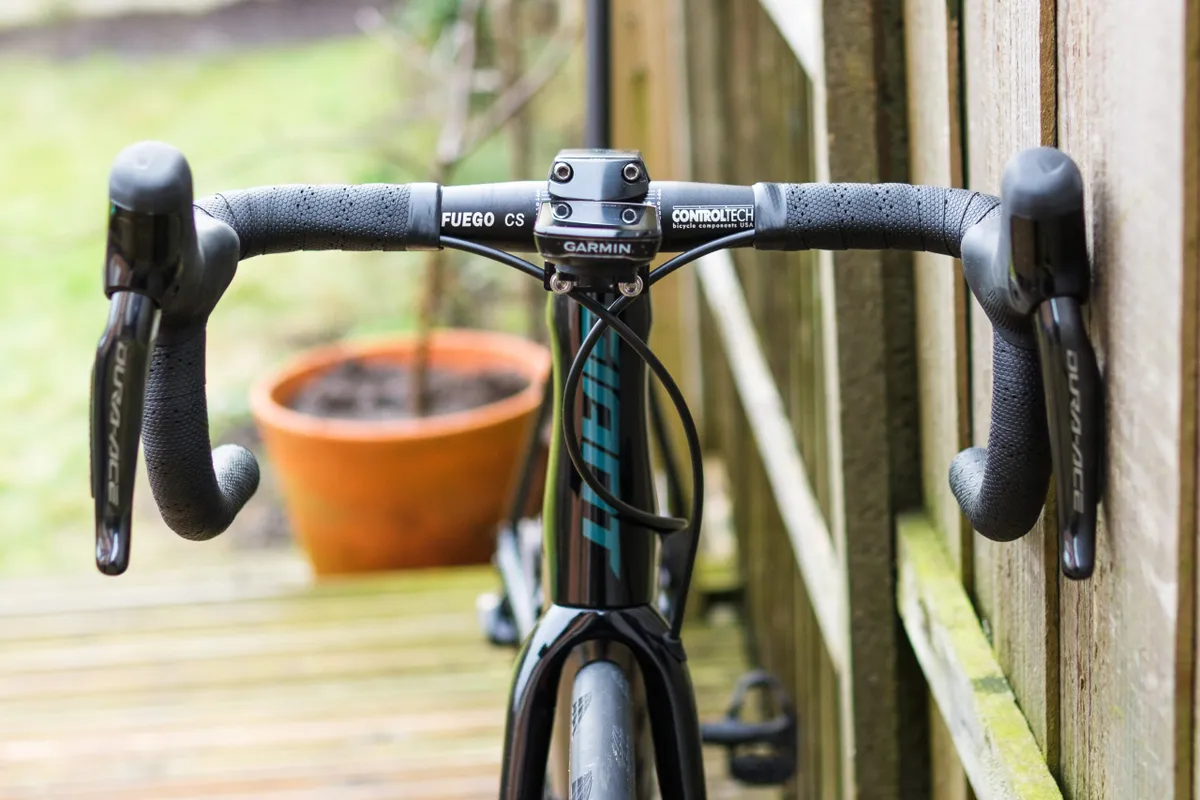
I’ve been banging on about this topic for years, but even some bike brands admit fully internal cable routing isn’t a panacea for improving performance.
Canyon, for example, says hiding all of the cables improved its latest Aeroad by “up to 3 watts in extreme cases”.
Likewise, today’s wireless and semi-wireless electronic groupsets mean it’s only two brake hoses left exposed to the wind on my TCR, so the gains may be even smaller than they once might have been.
Of course, if you’re racing at an elite level and have a professional mechanic at your beck and call, then a few watts might feel worth having if you’re only making someone else’s job more difficult.
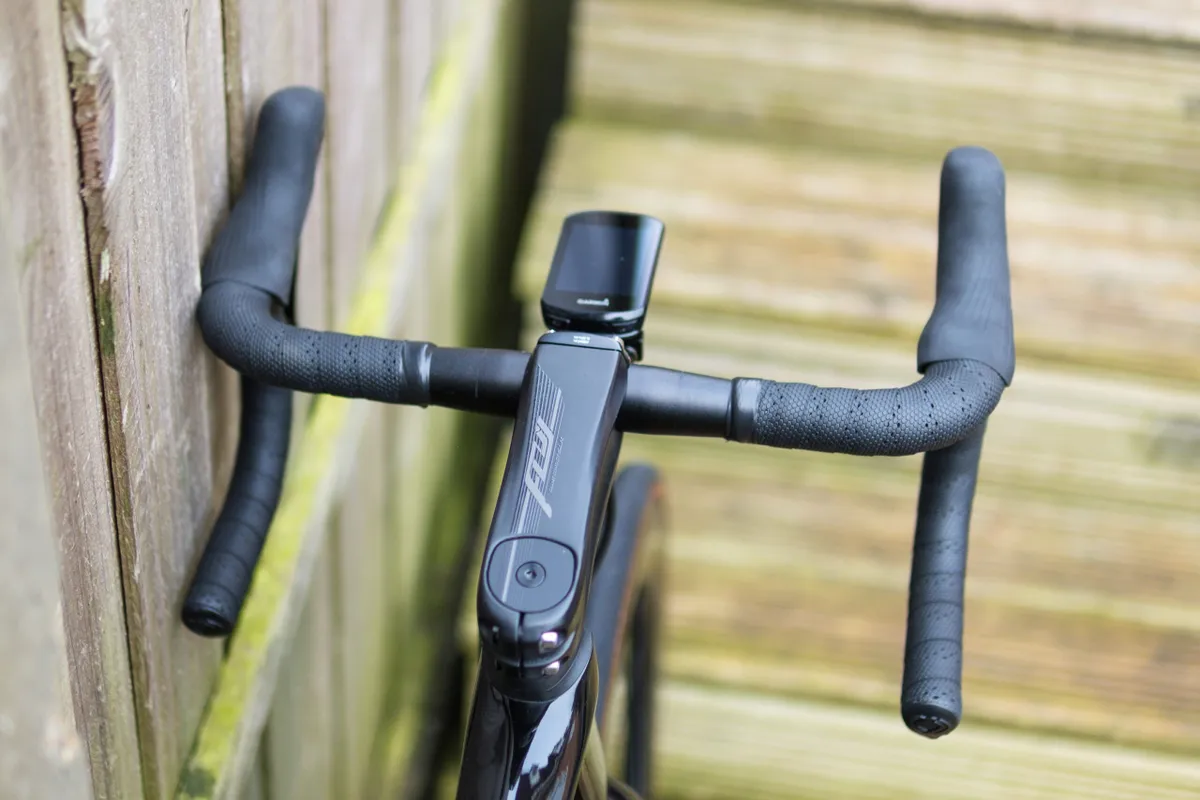
For the rest of us, though, I’d like practicality prioritised over performance just this once.
All that said, seeing as both the Propel and Defy now use Giant’s OverDrive Aero system (which sees cables and brake hoses route internally through a hollow stem and into the frame through the upper headset bearing), I’ll be very surprised if Giant doesn’t bring integrated cable routing to the next-generation TCR.
The recent launch of a new lightweight Cadex Race Integrated Handlebar, which uses the OverDrive Aero system, is also foreboding.
2. A threaded bottom bracket

Another trend I hope Giant continues to ignore is the revival of threaded bottom brackets.
I’ve explained why press-fit bottom brackets are better than threaded ones before, but the long and short of it is that – when done right – press-fit is a lighter and more elegant solution, especially on carbon frames.
As BikeRadar’s resident power meter tester, I swap bottom brackets more than most, but the press-fit BBs on my Giant TCRs (yes, plural – I have a 2009 Giant TCR Advanced SL as well as a 2021 TCR Advanced Pro Disc) have never caused me any trouble.
Having the right tools certainly helps in this regard, and since acquiring a dedicated press-fit bottom bracket extractor from BSC Tools, this task has become a lot more relaxing (compared to hammering things out as I did before).
That aside, though, I can’t see any obvious gains from reverting to a threaded system – especially since Giant has proven itself able to execute this design properly.
Fortunately, this is one I’m confident won’t happen, because Giant seems committed to Shimano’s BB86 press-fit standard across all of its high-end road and gravel bikes.
3. An integrated seatpost
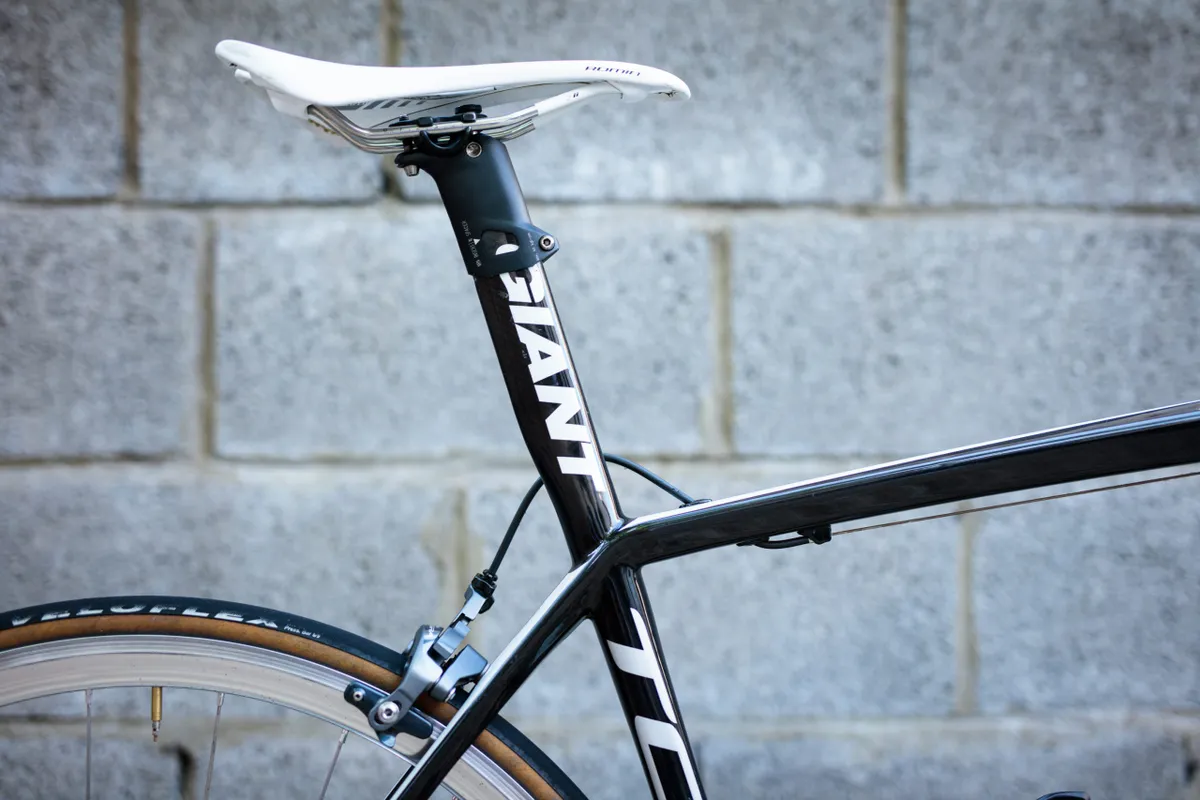
Integrated seatposts (ISPs) were all the rage with high-end road bikes in the 2000s, but for the most part they died out due to concerns over practicality.
Giant, though, has stuck doggedly with them on its flagship TCR and Propel Advanced SL frames.
While it’s not a deal breaker – I own one TCR with an ISP and one without – I feel they're more trouble than they’re worth.
For a start, there’s the obvious issue of needing to take a hacksaw to your expensive new frame just to set your saddle height correctly.
It can also make travelling with your bike tricky, because there’s no way to remove the seatpost and make the frame more compact for fitting inside a bike box or bike bag (although fellow TCR-owner, Warren Rossiter, notes this hasn’t been an issue for him, even with his size-L TCR).
It may also hurt the resale value, because prospective buyers will need to have a saddle height similar to or lower than yours.
There is, though, a certain amount of adjustment range included with Giant’s ISP system (you can add up to 45mm of spacers).
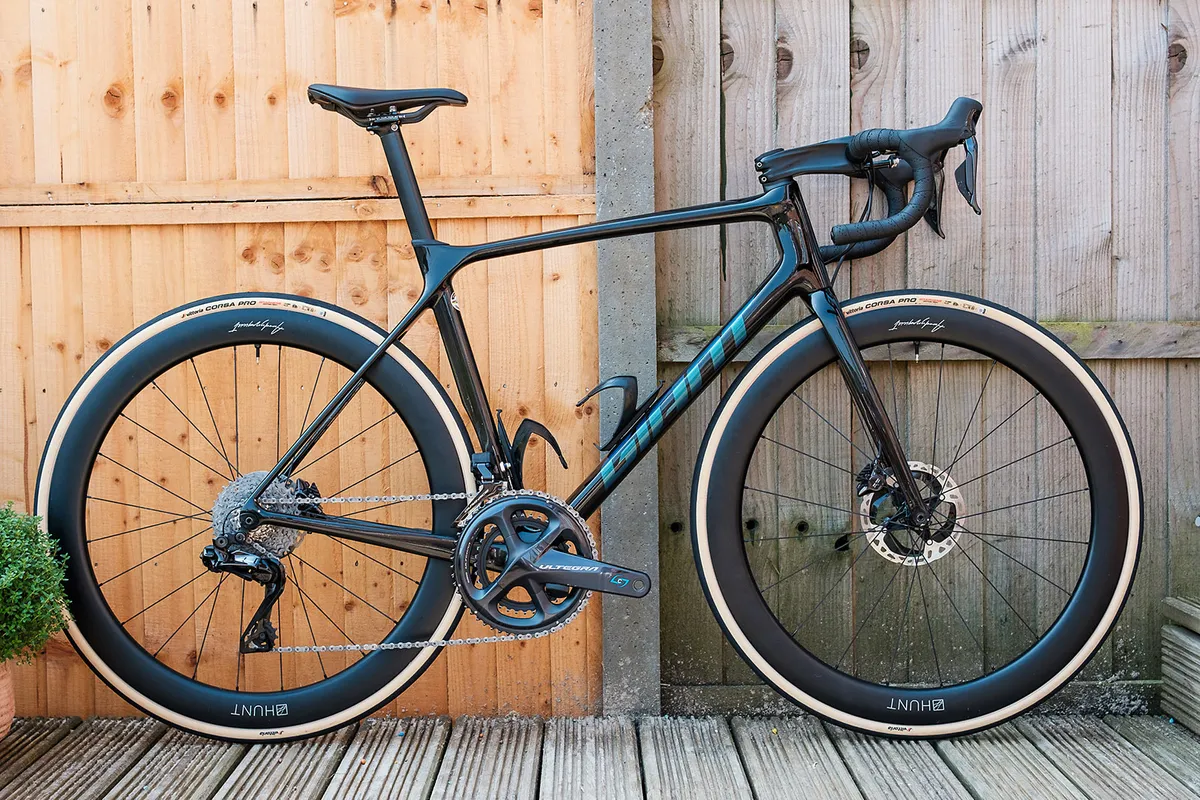
However, it obviously doesn't match what you get with a telescoping seatpost, and if you ever want to lower your seatpost for whatever reason, it may mean breaking out the hacksaw again if you were cautious about cutting too much off the first time round.
As I said in my review of the latest Propel Advanced SL, Giant’s ISP looks cool and may offer small improvements to weight and comfort, but I’m not convinced it's worth it – standard telescoping seatposts are great too.
If it ain’t broke, don’t fix it?
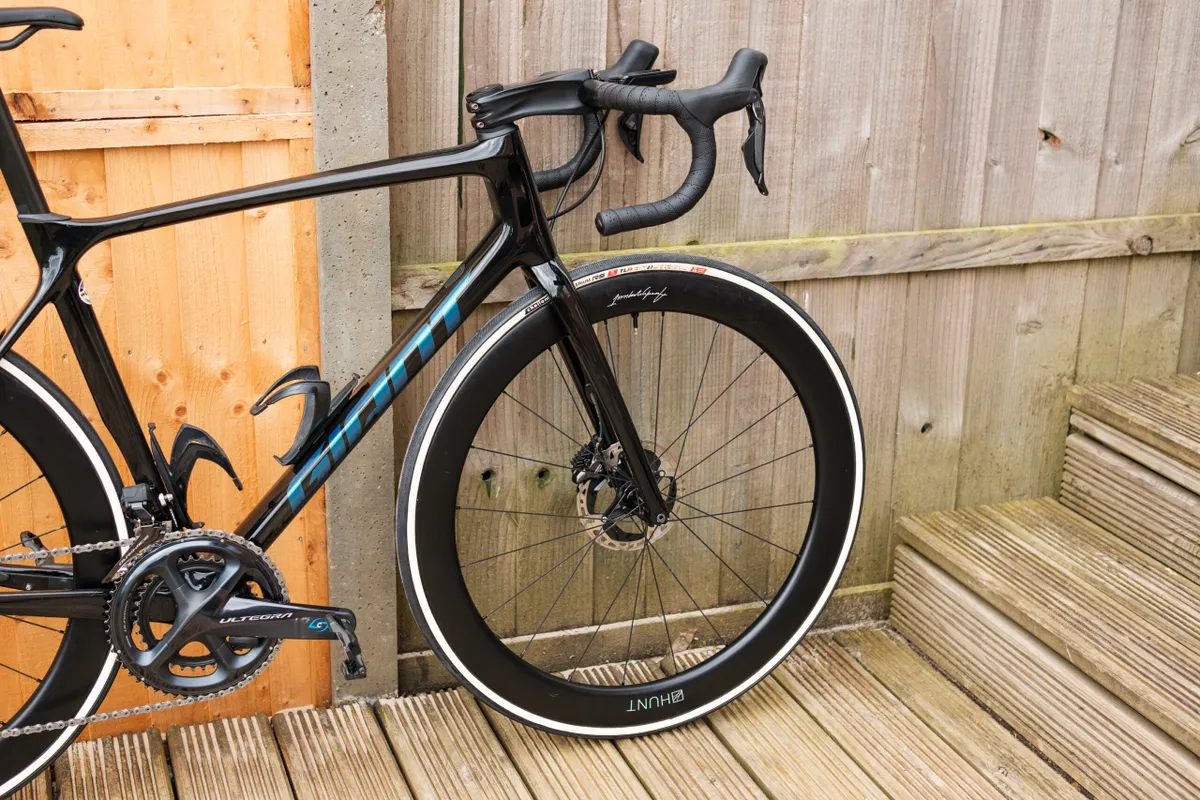
As mentioned at the beginning of this article, Giant’s conservative track record with developing the TCR makes me believe any new version won’t deviate much from what is a well-proven formula.
Perhaps that’s a sensible decision. The TCR remains an extremely popular bike and a significant overhaul risks alienating existing fans after all.
That said, I can’t help but feel that in an age when aerodynamics generally trumps low weight for road cycling, the TCR risks becoming ever less relevant as a platform for racers.
If Giant simply sticks to the formula from here on, my worry is we may already have seen the last of the TCR at the top level of the sport.
Of course, not everyone races and not everyone wants to prioritise speed over everything else.
I’ve no problem with road bikes catering for more relaxed forms of riding, but that doesn’t feel like the TCR’s natural territory.
